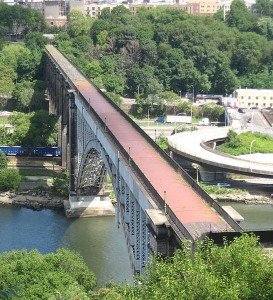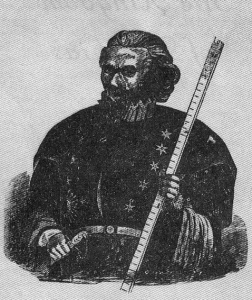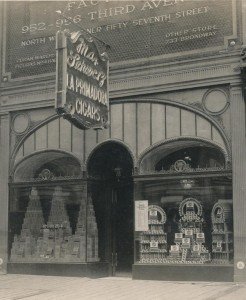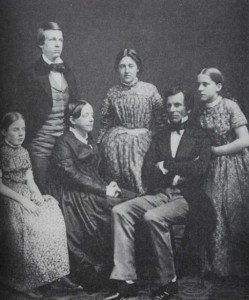 Columbia University Press has announced the publication of The Greatest Grid: The Master Plan of Manhattan, 1811-2011, edited by Hilary Ballon, which includes more than 150 illustrations and a gatefold of the original plan. The book accompanies the exhibit of the same name which just opened at the Museum of the City of New York.
Columbia University Press has announced the publication of The Greatest Grid: The Master Plan of Manhattan, 1811-2011, edited by Hilary Ballon, which includes more than 150 illustrations and a gatefold of the original plan. The book accompanies the exhibit of the same name which just opened at the Museum of the City of New York.
Laying out Manhattan’s street grid and providing a rationale for the growth of New York was the city’s first great civic enterprise, not to mention a brazenly ambitious project and major milestone in the history of city planning. The grid created the physical conditions for business and society to flourish and embodied the drive and discipline for which the city would come to be known. The Greatest Grid does more than memorialize such a visionary effort, it also serves as reference full of rare images and information.
The Greatest Grid shares the history of the Commissioners’ plan, incorporating archival photos and illustrations, primary documents and testimony, and magnificent maps with essential analysis. The text, written by leading historians of New York City, follows the grid’s initial design, implementation, and evolution, and then speaks to its enduring influence. A foldout map, accompanied by explanatory notes, reproduces the Commissioners’ original plan, and additional maps and prints chart the city’s pre-1811 irregular growth patterns and local precedent for the grid’s design.
This text describes the social, political, and intellectual figures who were instrumental in remaking early New York, not in the image of old Europe but as a reflection of other American cities and a distinct New World sensibility. The grid reaffirmed old hierarchies while creating new opportunities for power and advancement, giving rise to the multicultural, highly networked landscape New Yorkers are familiar with today.
Note: Books noticed on this site have been provided by the publishers. Purchases made through this Amazon link help support this site.
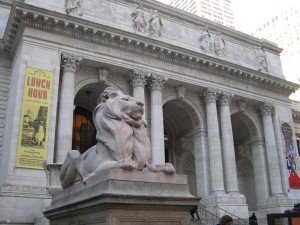 The Committee to Save the New York Public Library will hold a vigil in opposition to the plans for the NYPL’s 42nd Street and Mid Manhattan Libraries on Monday, June 3rd, from 6:00 to 7:30 PM at the 5th Avenue entrance to the 42nd Street Library.
The Committee to Save the New York Public Library will hold a vigil in opposition to the plans for the NYPL’s 42nd Street and Mid Manhattan Libraries on Monday, June 3rd, from 6:00 to 7:30 PM at the 5th Avenue entrance to the 42nd Street Library.